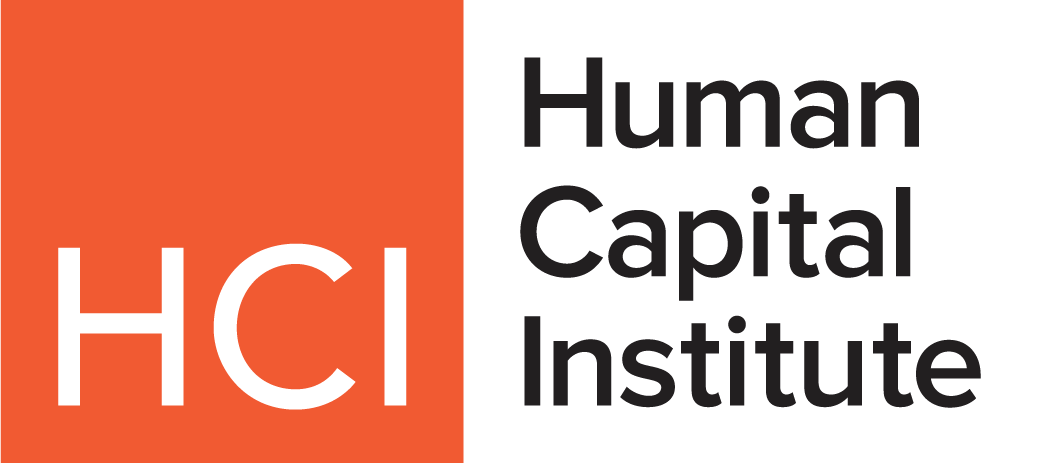This summer, Mission: Impossible – Dead Reckoning Part Two is expected to raise the bar again with heart-stopping stunts, cliff-hanging escapes, and the relentless pace we’ve come to expect from the Impossible Missions Force (IMF). But as thrilling as it is to watch Tom Cruise cling to a speeding train or leap out of a plane mid-air, the workplace is no place for that level of danger.
Unlike the IMF, most employers don’t expect their team to rappel down glass skyscrapers or deactivate nuclear devices. But even the most routine work environments can involve risk if safety protocols aren’t a priority. And a lapse in safety doesn’t just risk physical harm, it can impact morale, productivity, reputation, and legal liability.
The Real-World Stakes of Workplace Safety
Unlike the IMF’s high-risk adventures, most workplace hazards are far more preventable. Yet according to the U.S. Bureau of Labor Statistics, thousands of workers are injured or killed each year due to unsafe conditions or overlooked protocols. The impacts of these incidents are wide-ranging: from physical and emotional harm to lawsuits, OSHA citations, lost productivity, reputational damage, and higher insurance premiums.
Whether you oversee a team of five or five hundred, prioritizing safety isn’t just a box to check, it’s a commitment to your people, your business, and your values.
What Employers Can Learn from the IMF
Even though your workplace probably doesn’t involve rooftop chases or underwater explosives, the IMF’s key principles can actually apply to safety management in any industry:
Preparation is Everything
Ethan Hunt never walks into a mission without intel. Similarly, employers should never assume a workplace is safe just because “nothing’s happened yet.” Proactive risk assessments, walk-through inspections, and conversations with frontline staff help uncover issues before they lead to injury. Job hazard analyses (JHAs) should be a regular part of your operations, not just a one-time exercise.
Training Is Non-Negotiable
No IMF agent gets handed a gadget without knowing how it works, and your employees shouldn’t be handed responsibilities without the right training. Comprehensive, job-specific safety training ensures employees understand both the hazards and the tools meant to protect them. Importantly, training should be refreshed regularly and adjusted when equipment, tasks, or work environments change.
Communication Saves Lives
Mission success depends on fast, clear communication, and workplace safety is no different. Emergency procedures, PPE requirements, reporting protocols, and even break policies should be well-documented and reinforced. Just as importantly, employees should feel encouraged and protected when they speak up about unsafe conditions or near misses.
Tools and Environment Matter
The IMF wouldn’t succeed with faulty equipment, and neither can your employees. Employers must ensure that all tools, vehicles, and facilities are in good working order. From machine guards to lighting to air quality, workplace conditions have a direct impact on safety. Regular maintenance schedules and clear channels for reporting equipment issues are essential.
Five Practical Tips for Every Employer
Whether you run a construction site, a warehouse, an airline, or a coffee shop, here are five foundational strategies to embed safety into your culture:
- Conduct Regular and Thorough Safety Audits
Don’t wait for a complaint or incident to take a closer look. Routine audits help identify risks, address compliance gaps, and engage employees in a collaborative process.
- Tailor Safety Training to Actual Tasks
Make safety training role-specific and hands-on. Include scenario-based learning where possible, and ensure training is provided in languages spoken by the workforce.
- Establish a Culture of Safe Reporting
Create systems (anonymous if necessary) for reporting hazards, close calls, or even minor concerns. Responding promptly and respectfully builds trust and encourages vigilance.
- Stay Ahead of Legal and Regulatory Changes
OSHA and industry-specific regulations evolve frequently. Assign responsibility for monitoring changes and updating policies accordingly.
- Recognize, Reinforce, and Reward Safety
Acknowledge employees who model safe behavior. Whether through safety awards, shoutouts, or team incentives, recognizing safety sends a powerful message about your priorities.
Conclusion: A Mission Worth Accepting
At the end of the day, your employees don’t need to be Ethan Hunt to deserve your full attention when it comes to safety. Whether they’re serving customers, flying aircraft, or handling heavy machinery, their well-being is what keeps your organization running. When employers make safety a shared responsibility, the results are clear: fewer injuries, stronger teams, and a workplace culture where people feel genuinely cared for. And while the stunts in Mission: Impossible are fiction, the mission to protect your team? That’s real, and more than possible.
Meron Squires is an Associate at FordHarrison.





